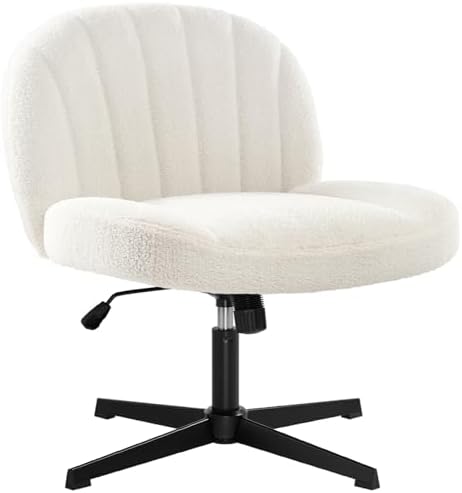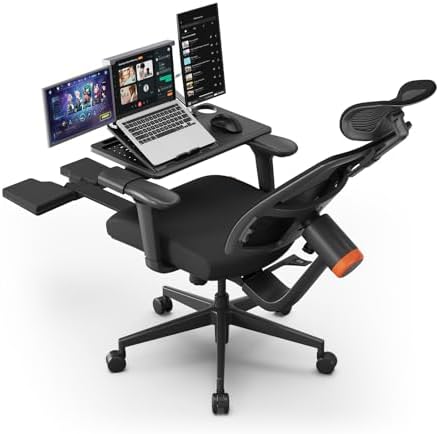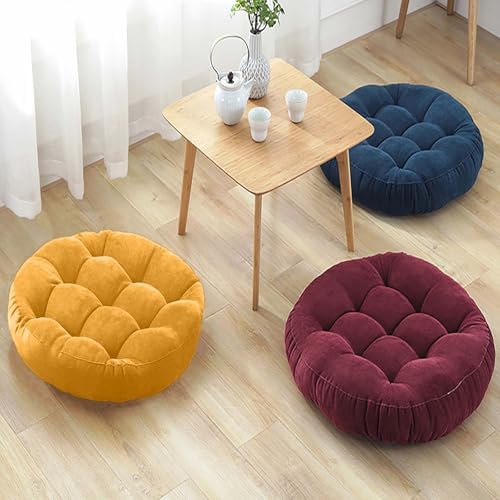My Cozy hEDS-Friendly Jigsaw Puzzle Days
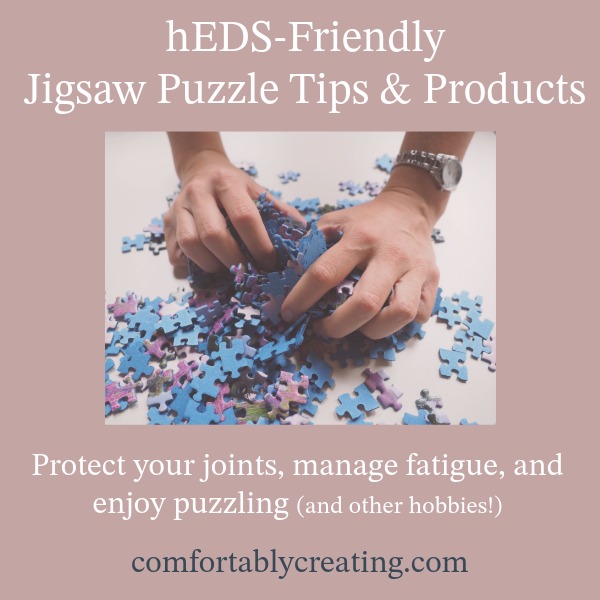
🧩 My Cozy hEDS-Friendly Jigsaw Puzzle Days
Living with hypermobility Ehlers-Danlos Syndrome means my joints are never quite as reliable as I’d like. Add in some of the common co-morbidities — chronic pain, fatigue, mast cell activation, and the occasional POTS flare — and my body often has the final say in how my day will look. On the days I can’t be up and moving much, jigsaw puzzles become my go-to comfort hobby.
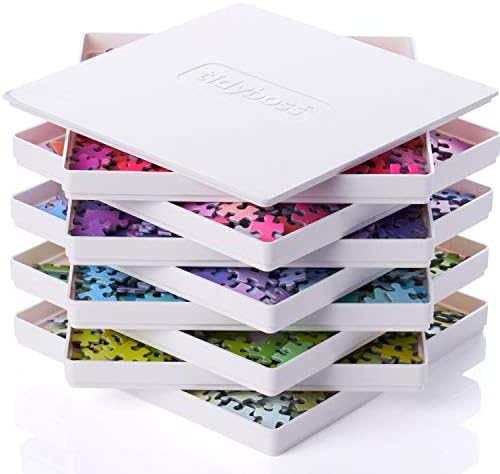
There’s something soothing about sorting through colorful pieces in these stackable trays feeling the satisfying click when they fit, and watching an image slowly take shape. For me, puzzling isn’t just entertainment — it’s therapy. It keeps my hands and mind busy, lifts my mood, and gives me a gentle sense of accomplishment without requiring intense physical exertion.
How I Set Up My Puzzle Space
Because hEDS comes with joint instability and fatigue, my puzzle station is all about comfort, support, and efficiency.
Surface: I use a portable, folding puzzle board with raised edges so pieces don’t slide away when I shift positions. There are also freestanding and floor options!
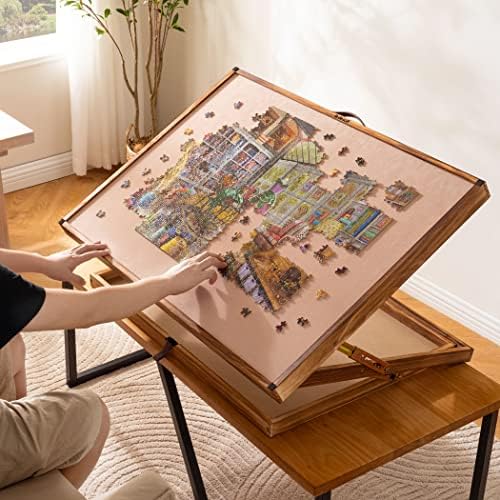
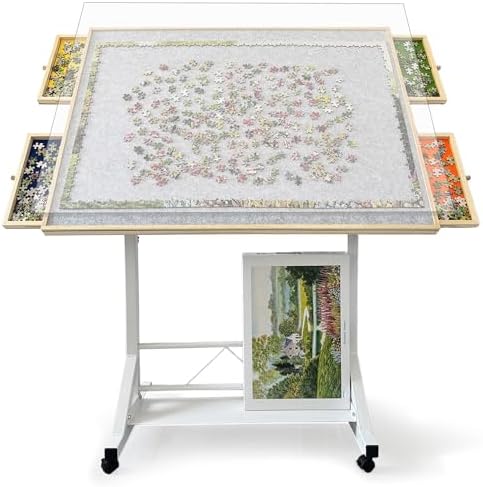
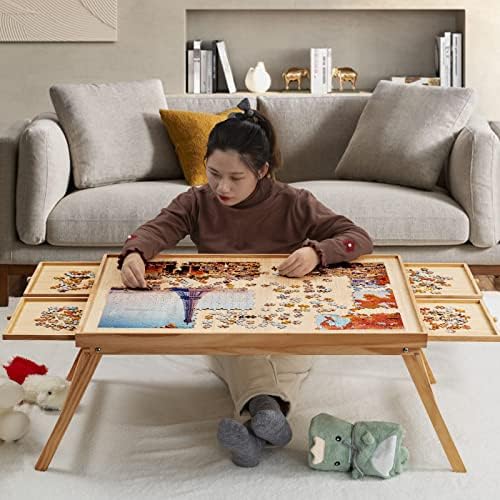
Seating: Sitting comfortably is definitely #1 priority! Between pain/discomfort and a serious case of the fidgets, I like to have seating options! A criss-cross chair allows room to sit in all kinds of great positions. A more traditional tilting desk calls for a desk chair that is basically a transformer and can adjust in alllll the ways. Remember that floor puzzle table? That totally calls for some cute floor cushions!
Lighting: A daylight LED lamp reduces eye strain and helps me distinguish subtle color differences without squinting.
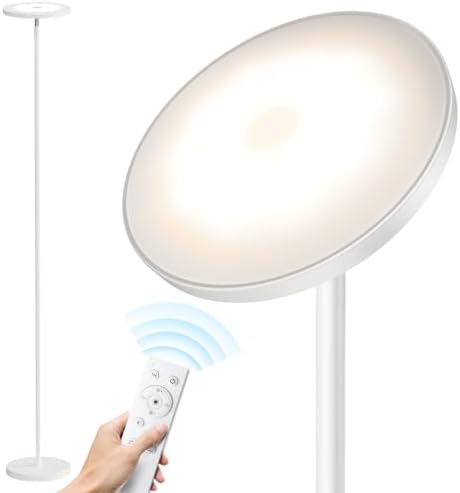
My Puzzle Prep Ritual
Before I start, I do a quick checklist:
Joint Support — Soft wrist braces and finger splints (especially on thumb joints) keep me from overextending when handling pieces.
Hydration & Snacks — A large straw cup within reach and easy snacks like cut fruit or gluten-free crackers.
Piece Sorting — I use stackable trays to separate edge pieces, colors, and tricky patterns. This reduces repetitive reaching and twisting.
Break Schedule — A timer reminds me to change position every 20–30 minutes to avoid stiff hips or subluxed knees.
The Mental Health Side
Chronic illness can feel like an endless loop of medical appointments, symptom management, and frustration. Puzzles break that loop. They offer me a way to focus on something outside of my body, even if just for an hour.
Every finished puzzle — no matter how small — becomes a reminder that progress happens piece by piece, both on the table and in life.
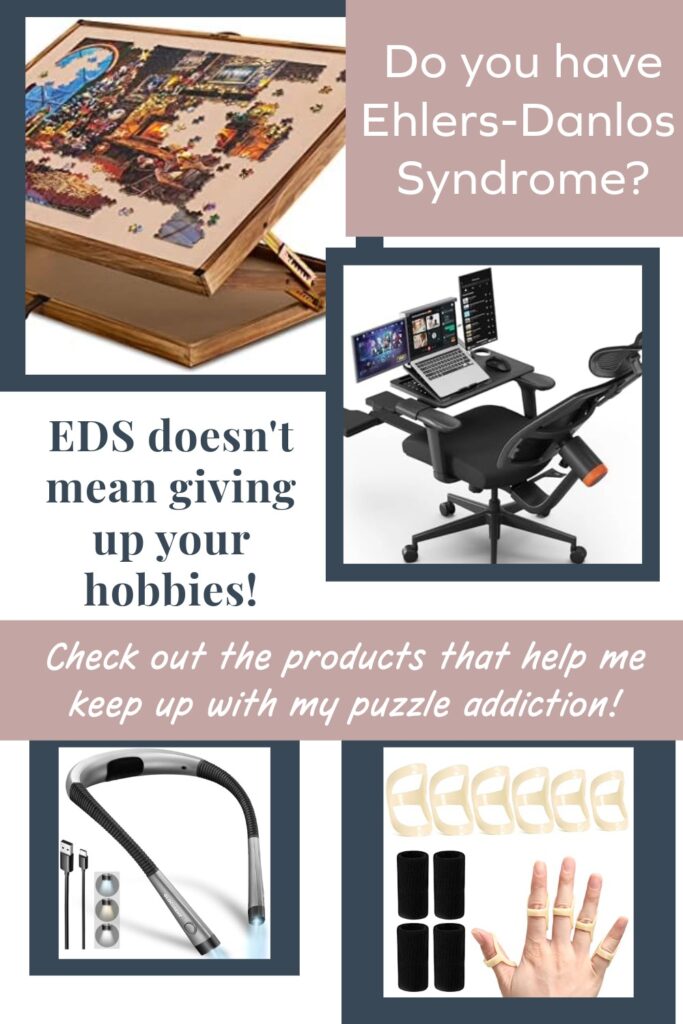
🛠 Tips & Tricks for hEDS-Friendly Puzzling
1. Choose the right puzzle board
Look for one that can tilt slightly to reduce neck strain.
Lightweight boards are easier to move between couch and table.
2. Protect your joints
Finger splints prevent hyperextension when pressing pieces together.
A lap pillow under your wrists keeps your forearms in a neutral position.
3. Make sorting easier
Use muffin tins, bead organizers, or baking sheets with parchment paper.
Color-code trays to reduce repetitive searching.
4. Manage fatigue
Work in short sessions and set realistic goals (e.g., “finish the edges today”).
Keep a cozy blanket handy — warmth helps reduce muscle tension.
5. Storage & Safety
Store pieces in resealable bags by section to avoid having to re-sort.
If you have pets, keep puzzles on a board that can slide under the couch or bed.

